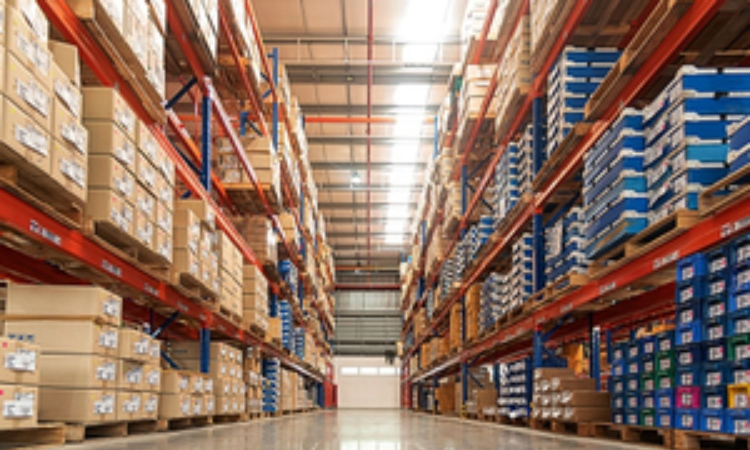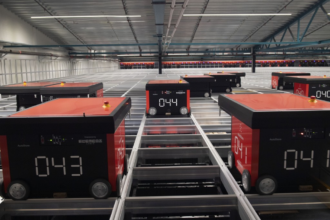India’s manufacturing sector is surging, and with it comes a ripple effect in the real estate industry, particularly in warehousing. The growing need for storage and logistics solutions has sparked an unprecedented demand for warehouse properties in India’s top cities. Let’s dive into why this is happening and what it means for businesses and urban infrastructure.
The Manufacturing Sector’s Impact on Warehousing
India’s manufacturing sector has seen a remarkable upswing, fueled by government initiatives like Make in India, rising global interest, and the rapid adoption of technology. This growth has created a heightened need for efficient supply chains and logistics, bringing warehousing into the spotlight.
Warehousing plays a crucial role in storing raw materials, finished goods, and other essentials that keep manufacturing units operational. With manufacturers expanding their footprints, the demand for urban warehouses has skyrocketed, especially in cities like Bengaluru, Mumbai, and Delhi-NCR.
Top Cities Witnessing the Boom
The growth of warehousing isn’t uniform across the country. India’s top cities are leading the charge due to their strategic importance:
- Mumbai: As a financial hub and a key port city, Mumbai’s warehousing market has seen immense growth, catering to both manufacturing and e-commerce.
- Delhi-NCR: Proximity to industrial zones and a vast consumer base makes this region a warehousing hotspot.
- Bengaluru: Known for its tech ecosystem, Bengaluru is also emerging as a manufacturing hub, driving the need for modern warehouses.
- Chennai: With its strong automotive and electronics manufacturing sectors, Chennai is witnessing high demand for storage solutions.
These cities benefit from robust infrastructure, connectivity to ports, and proximity to manufacturing clusters.
Key Drivers of Warehousing Demand
- E-Commerce Synergy: The e-commerce boom complements manufacturing growth. Companies require warehouses near urban centers to facilitate faster deliveries.
- Supply Chain Evolution: Manufacturers are prioritizing just-in-time delivery systems, which require strategically located warehouses.
- Technological Advancements: Smart warehouses with automated inventory management are becoming the norm, increasing demand for state-of-the-art properties.
- Rising Land Costs in Cities: With urban real estate prices soaring, companies are strategically investing in warehousing to secure affordable storage.
Challenges in Meeting Demand
Despite the robust growth, challenges persist in the warehousing sector:
- Land Acquisition: Securing large tracts of land in urban areas is becoming increasingly difficult.
- Infrastructure Deficiencies: Gaps in transportation and power infrastructure can delay warehouse construction.
- Regulatory Hurdles: Complex land-use regulations and delays in approvals add to costs.
Opportunities for Investors
The warehousing boom is not just a win for manufacturers; it’s also a golden opportunity for investors. Real estate developers and private equity firms are pouring funds into warehousing projects, sensing the long-term potential of this sector.
By focusing on Grade-A warehousing spaces, equipped with high ceilings, advanced automation, and sustainable features, developers can cater to the rising demand from manufacturers and logistics firms.
The Road Ahead
The transformation of India’s warehousing landscape is a testament to the manufacturing sector’s influence. As industries continue to expand, warehousing will play an even greater role in streamlining supply chains and reducing logistics costs.
For urban areas, this means a shift in land use, with more focus on developing storage and logistics hubs. As technology advances, we can expect more efficient, sustainable, and strategically located warehouses to emerge.
India’s manufacturing and warehousing sectors are on a path of mutual growth, and the journey has just begun. Businesses, investors, and urban planners must collaborate to ensure this growth is sustainable, efficient, and beneficial for all stakeholders.





